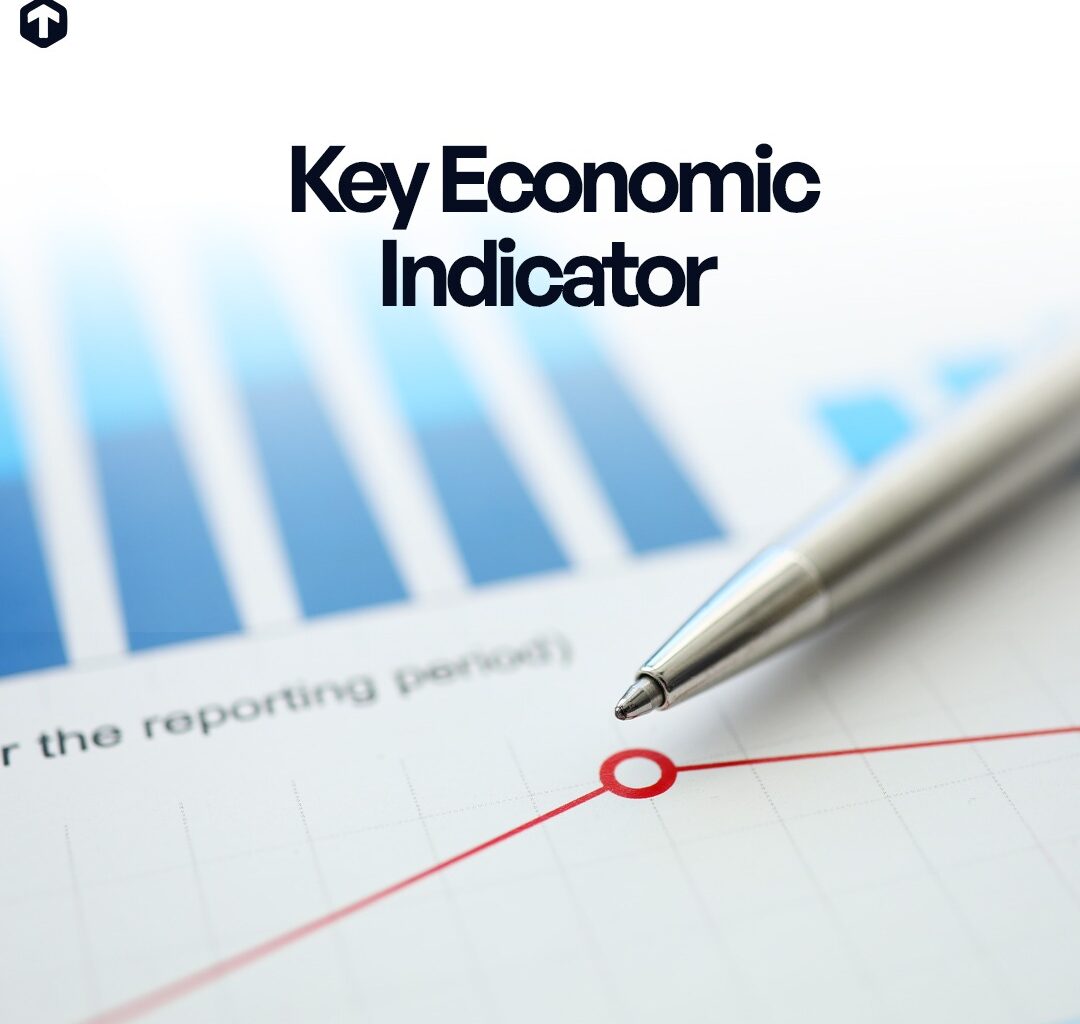Economic development is a complex process that involves improving various aspects of life in a country. Indicators like GDP, income per capita, literacy rates, life expectancy, and others help us measure how well a country is doing in terms of economic development.
However, by understanding and improving these indicators, countries can work towards better living standards, stronger economies, and a brighter future for their citizens. Before we learn more about the key indicators of economic development let us talk about what Economic development really means
What is Economic Development?
Economic development is the process through which a country improves the economic, political, and social well-being of its people. However It involves many other aspects such as increased income, better education, improved health care, and a higher standard of living. Let’s explore these indicators in a more dynamic manner.

What are the Indicators of Economic Development;
1. Gross Domestic Product (GDP)
GDP is one of the main indicators of economic development. It measures the total value of all goods and services produced in a country over a specific period, usually a year.
When GDP is high, it means that the country is producing a lot of goods and services, which is a sign of economic growth. For example, if a country produces many cars, houses, and services like banking and education, its GDP will be high. A rising GDP often indicates that people have more jobs and businesses are doing well.
2. Income Per Capita
Income per capita is another important indicator. It measures the average income of each person in a country. It is calculated by dividing the total income of the country by its population.
If income per capita is high, it means that, on average, people in the country have more money to spend on their needs and wants. Higher income per capita usually leads to a better standard of living, as people can afford better housing, food, healthcare, and education.
3. Literacy Rate
Literacy rate measures the percentage of people in a country who can read and write. Education is crucial for economic development because it equips people with the skills they need to get good jobs and contribute to the economy.
A high literacy rate means that more people can read and write, which often leads to a more educated and skilled workforce. Countries with high literacy rates tend to have more innovation and higher economic growth.
4. Life Expectancy
Life expectancy is the average number of years a person is expected to live. It is an important indicator of the overall health of a population. When people live longer, it often means that they have access to good healthcare, nutritious food, clean water, and safe living conditions.
High life expectancy is usually seen in developed countries where healthcare systems are strong, and people can afford to take care of their health.
5. Infant Mortality Rate
Infant mortality rate measures the number of babies who die before their first birthday per 1,000 live births. A low infant mortality rate is a sign of good healthcare and a healthy environment. It indicates that mothers have access to prenatal care, and babies receive proper nutrition and medical attention.
Countries with low infant mortality rates usually have better overall health and higher economic development.
6. Employment Rate
Employment rate measures the percentage of people who have jobs in a country. High employment rates mean that most people who want to work can find jobs. This is a sign of a healthy economy, as jobs provide income for people to support themselves and their families. When more people are employed, they can spend money on goods and services, which helps businesses grow and the economy to expand.
7. Access to Education
Access to education is another critical indicator of economic development. It measures how many children and adults can go to school and receive an education. Countries with good access to education tend to have higher literacy rates and more skilled workers.
Education opens up opportunities for better jobs and higher incomes, which can drive economic growth. Governments that invest in education help their citizens improve their lives and contribute to the economy.
8. Access to Healthcare
Access to healthcare measures how easily people can get medical services when they need them. Good healthcare is essential for a healthy and productive population. When people have access to doctors, hospitals, and medicines, they are more likely to stay healthy and live longer. Healthy people can work more effectively and contribute to economic growth. Countries with good healthcare systems often have higher life expectancies and lower infant mortality rates.
9. Infrastructure Development
Infrastructure includes roads, bridges, airports, and other physical structures that support economic activities. Well-developed infrastructure is crucial for economic development because it makes it easier to transport goods and people, connect markets, and provide services.
For example, good roads reduce travel time and costs for businesses, while reliable electricity supply ensures that factories and offices can operate smoothly. Countries that invest in infrastructure tend to have more robust economies and higher levels of development.
10. Poverty Rate
Poverty rate measures the percentage of people living below the poverty line, which is the minimum level of income needed to secure the necessities of life. A lower poverty rate indicates better economic development, as more people can afford basic needs like food, housing, and healthcare.
Reducing poverty is a key goal of economic development because it leads to improved living standards and social stability.

Conclusion
Economic development is a multifaceted and dynamic process that significantly impacts the quality of life and prosperity of a nation’s citizens. By examining key indicators such as GDP, income per capita, literacy rates, life expectancy, infant mortality rates, employment rates, access to education and healthcare, infrastructure development, poverty rates, economic equality, and environmental sustainability, we can gain a comprehensive understanding of a country’s development progress.
Each of these indicators provides unique insights into different aspects of economic health and societal well-being. For instance, a high GDP and income per capita suggest strong economic productivity and individual financial stability. High literacy rates and access to education point to an educated and skilled workforce, which is essential for innovation and long-term growth. Similarly, life expectancy and low infant mortality rates reflect the effectiveness of healthcare systems and overall public health.
Employment rates are crucial as they indicate the availability of jobs and the ability of people to earn a living, while infrastructure development ensures the smooth functioning of economic activities and connectivity. Poverty rates highlight the need for inclusive growth that benefits all segments of society, and economic equality addresses the distribution of wealth, which is vital for social cohesion and sustained economic progress.
Finally, economic development aims to create a better future where individuals have the opportunity to lead fulfilling lives, contribute meaningfully to society, and enjoy a higher standard of living. However, by focusing on these indicators, countries can address their unique challenges, leverage their strengths, and build resilient economies that provide prosperity and well-being for all their citizens.



